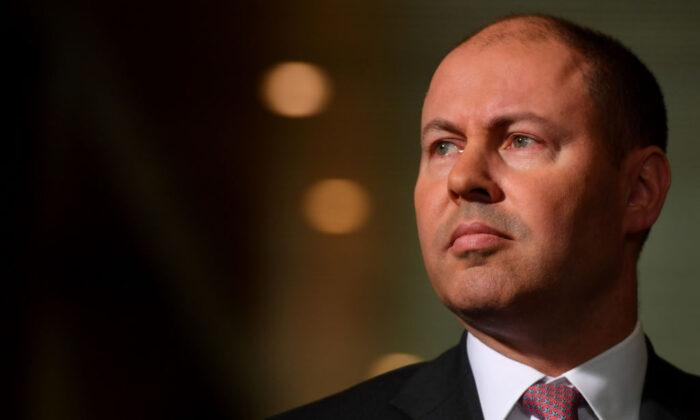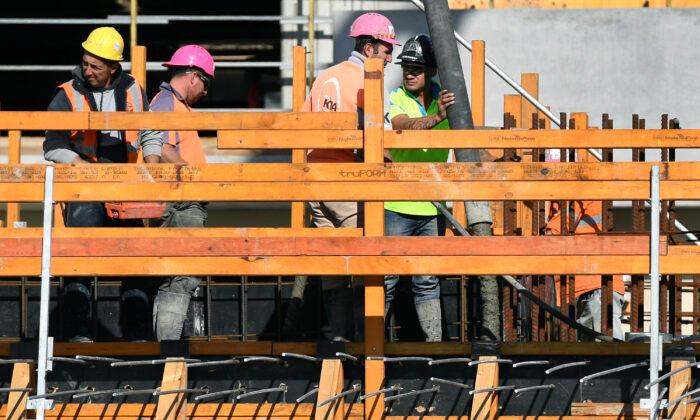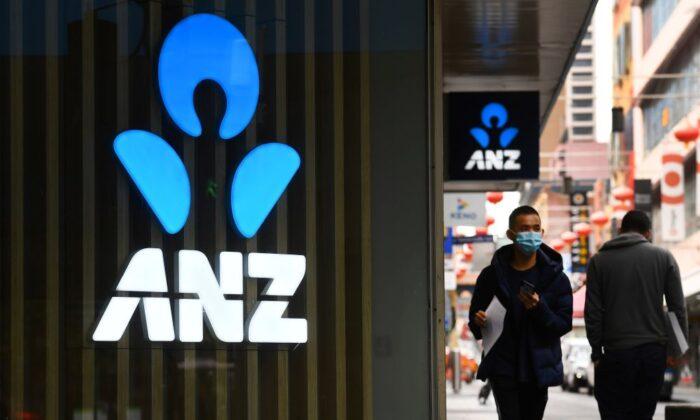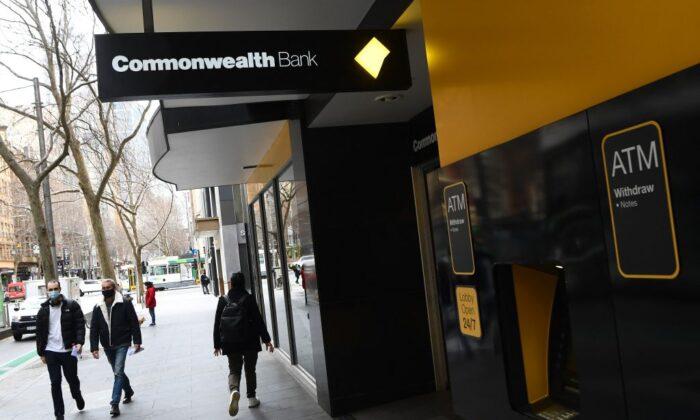The federal government announced on July 20 that it will ramp up its COVID-19 guaranteed loan scheme for small and medium-sized enterprises (SMEs). The expansion aims to improve access to affordable long-term funding to help businesses emerge from the pandemic-induced crisis in a stronger position.
Under the original scheme implemented in early April, the government will provide a guarantee of 50 percent to eligible lenders for all new unsecured loans to businesses with annual turnovers of less than $50 million. The low-interest loan, up to $250,000 with a term no more than three years, can only be used for working capital.
The upgraded second-phase of the scheme, set to run from Oct. 1 to June 30 next year, lifts the loan cap to $1 million, which can be used for a wider range of investments. It also extends the maximum term of a loan from three years to five years.
Other changes include allowing secured lending and removing the requirement of a six-month repayment holiday.
The Treasurer Josh Frydenberg said the expanded SME loan program focuses more on getting businesses to grow and create jobs, rather than just stay afloat.
The chief executive of Commonwealth Bank Matt Comyn welcomed the new phase of the scheme as a “creative solution,” saying it will help businesses play their part in “helping the country and Australians get back on their feet” during a long and winding recovery.
National Australia Bank (NAB) also expressed support for the extension.
More Needed to Unlock Growth for SME
The announcement came as the country is grappling with the second outbreak of COVID-19 cases in Victoria, with many businesses in the country’s second-largest economy having to shut down again.The sweeping lockdown has had a significant impact on Australian businesses, 99 percent of which are small and medium businesses.
It also found that 30 percent of small businesses and 24 percent of medium businesses reported that current cash on hand would support operations for less than three months.
The proposed reforms include making it easier to hire new staff, cutting regulations, opening new procurement opportunities, and furthering access to capital.
The study, titled “Supporting Economic Recovery: What we can do for Small Business,” found that one in five small businesses is having difficulty in getting finance, and slow approval and high funding costs have hampered their expansion.





Friends Read Free